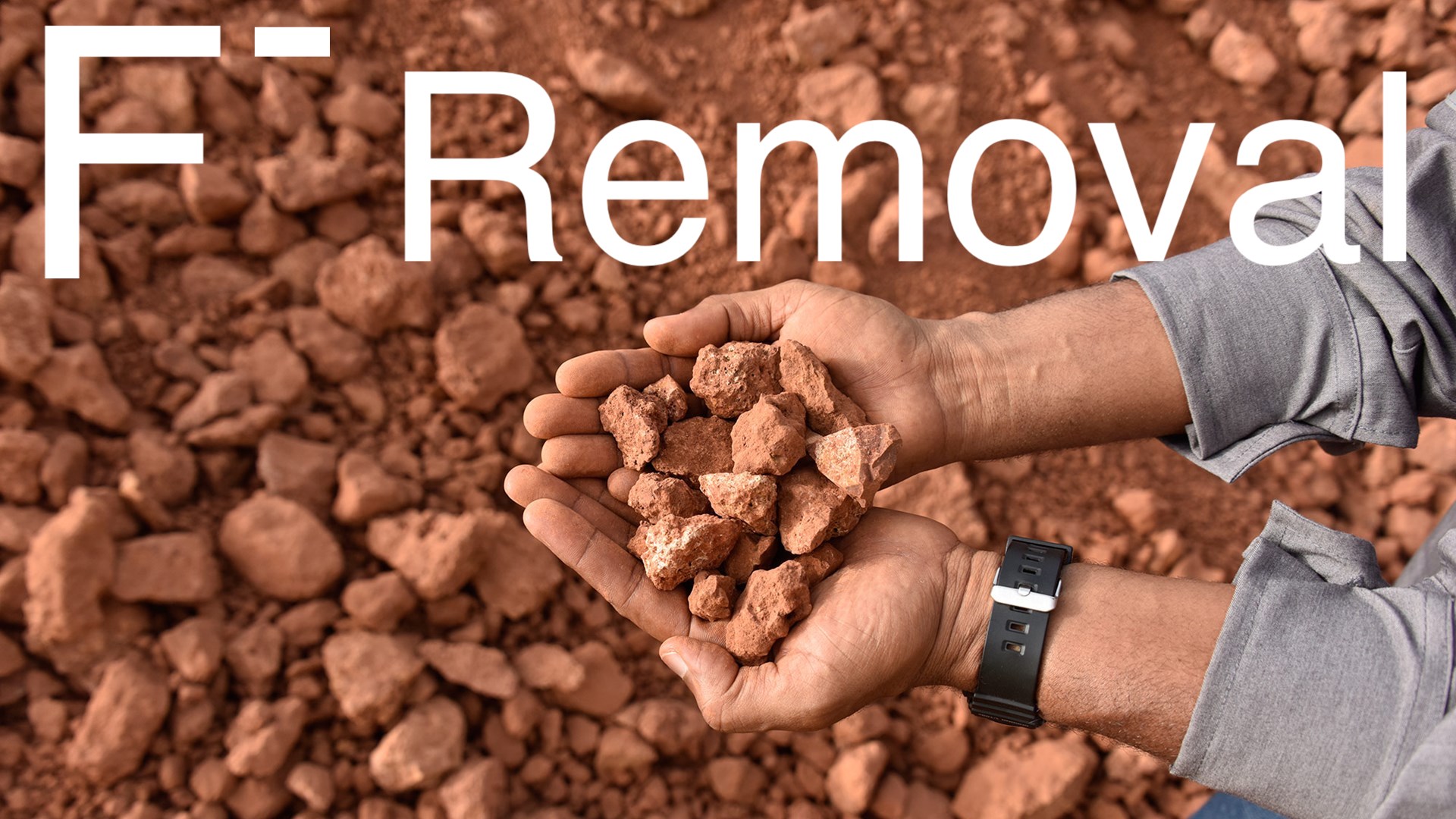
India represents one-third of the world’s fluorosis burden and is the fifth global producer of bauxite ore, which has previously been identified as a potential resource for remediating fluoride-contaminated groundwater in impoverished communities. Here, we use thermal activation and/or groundwater acidification to enhance fluoride adsorption by Indian bauxite obtained from Visakhapatnam, an area proximate to endemic fluorosis regions. We compare combinatorial water treatment and bauxite-processing scenarios through batch adsorption experiments, material characterization, and detailed cost analyses. Heating Indian bauxite above 300 °C increases available surface area by > 15× (to ∼170 m2/g) through gibbsite dehydroxylation and reduces the bauxite dose for remediating 10 ppm F– to 1.5 ppm F– by ∼93% (to 21 g/L). Additionally, lowering groundwater pH to 6.0 with HCl or CO2 further reduces the average required bauxite doses by 43–73% for ores heated at 300 °C (∼12 g/L) and 100 °C (∼77 g/L). Product water in most examined treatment scenarios complies with EPA standards for drinking water (e.g., As, Cd, Pb, etc.) but potential leaching of Al, Mn, and Cr is of concern in some scenarios. Among the defluoridation options explored here, bauxite heated at 300 °C in acidified groundwater has the lowest direct costs ($6.86 per person per year) and material-intensity.